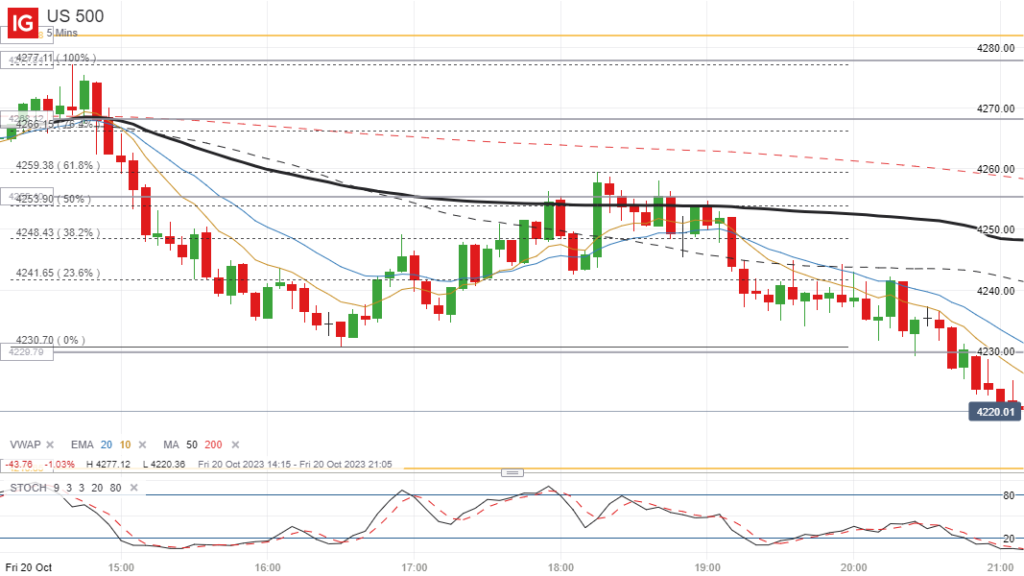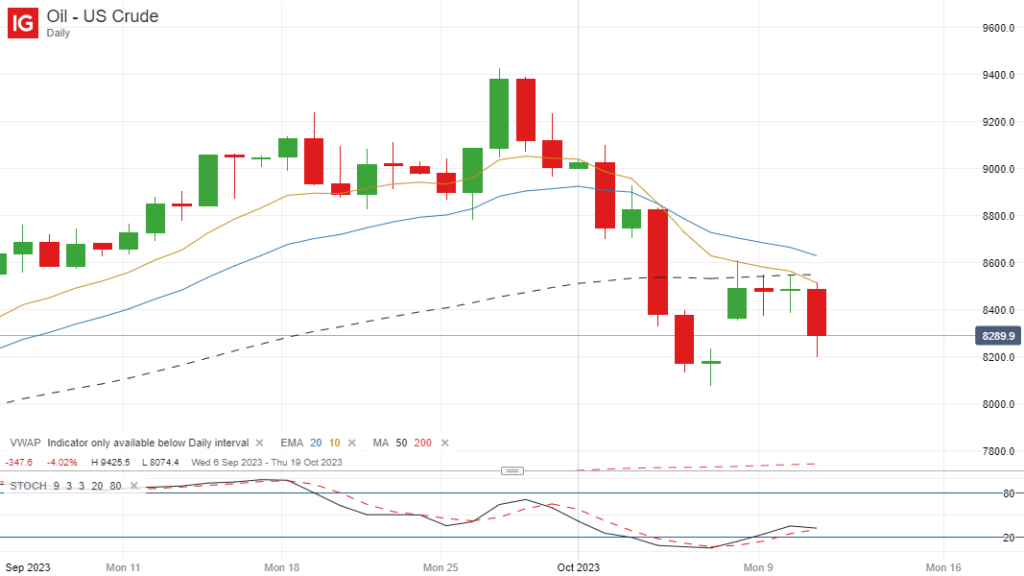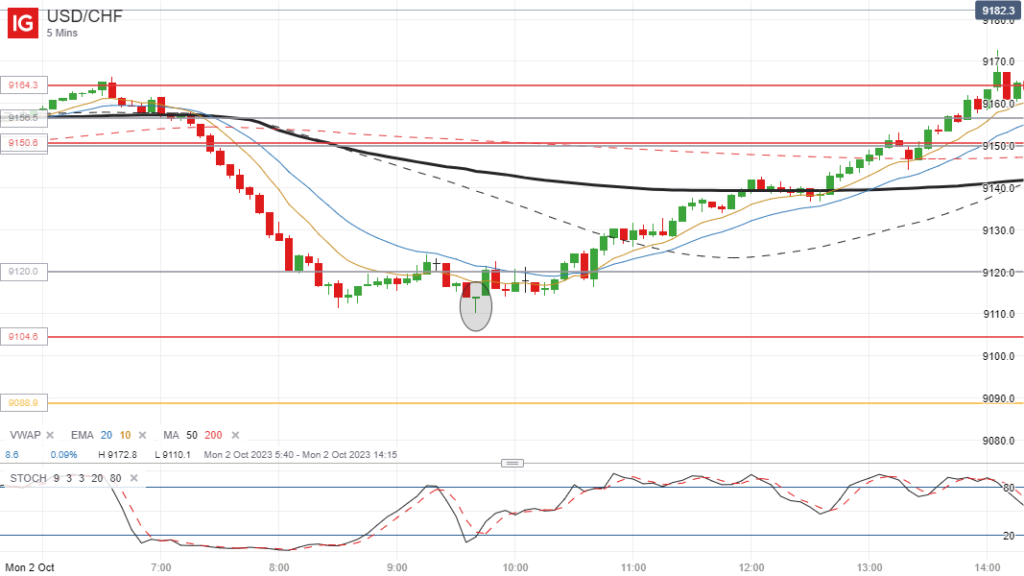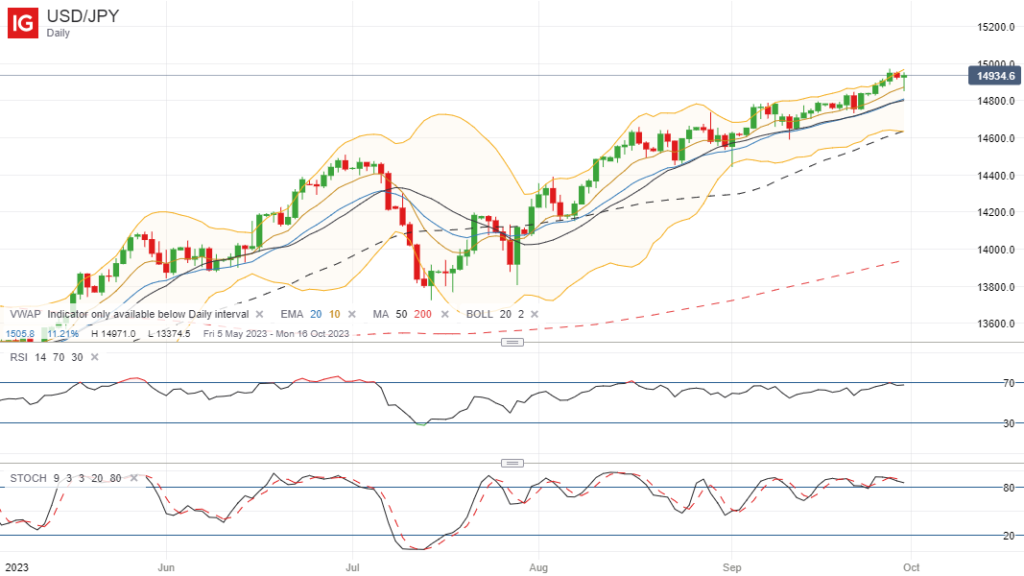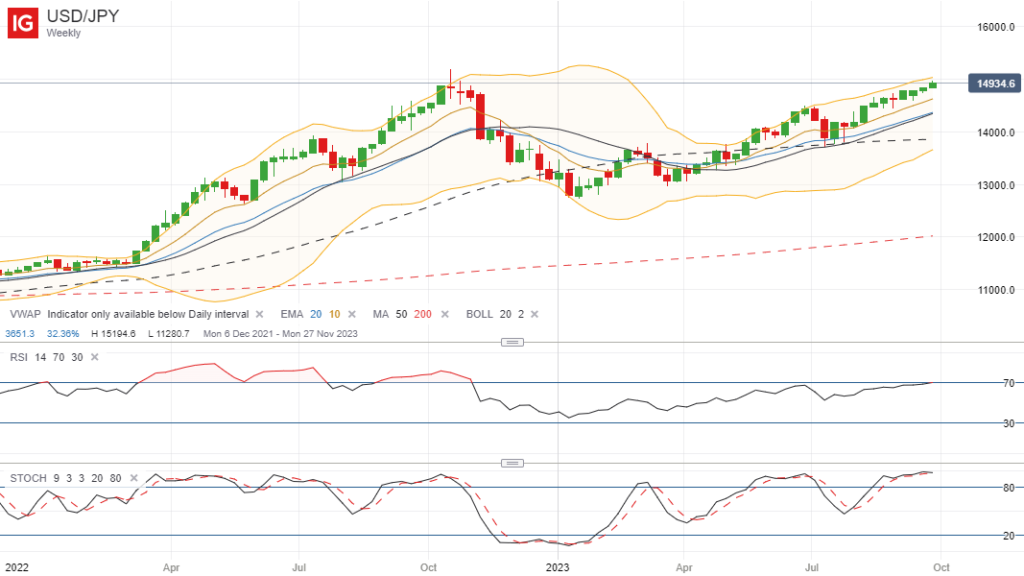Crazy Spikes in Yen Pairs
If you trade the forex markets every day and follow some of the major yen pairs in particular, such as the GBP/JPY, EUR/JPY, USD/JPY and AUD/JPY, for example, you may have noticed that these have all had some huge spikes at various times in the last few weeks.
Of course it’s normal to see some big price spikes after major economic data releases, but with these yen pairs we have seen some huge movements on all of these pairs at the same time for no apparent reason.
The latest big price spike occurred early this morning at approximately 7.45 AM UK time, when there was no news scheduled on the economic calendar.
You can see on the 5-minute charts of the GBP/JPY, EUR/JPY and USD/JPY below how the price spiked sharply downwards before bouncing back upwards again almost immediately:
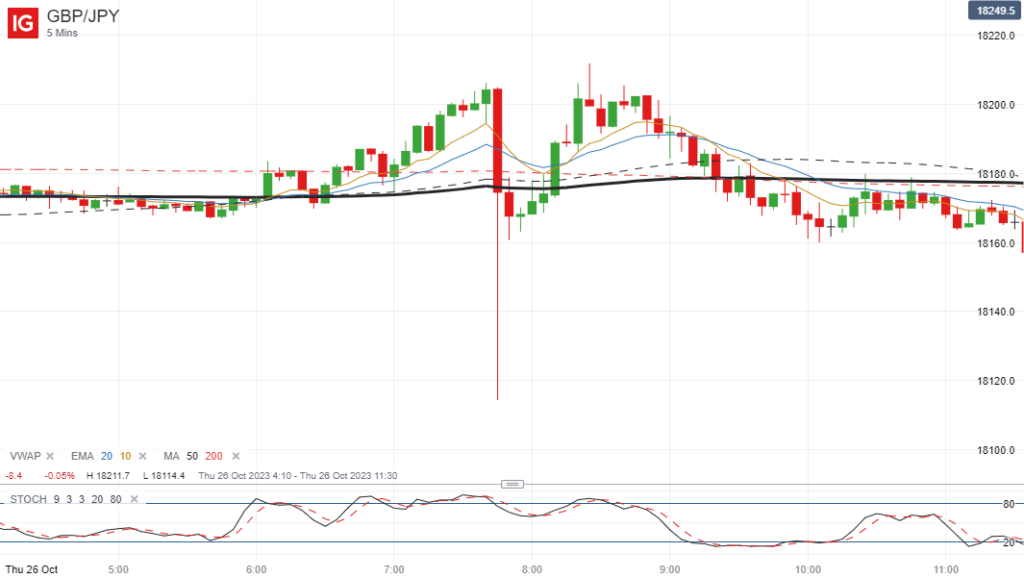
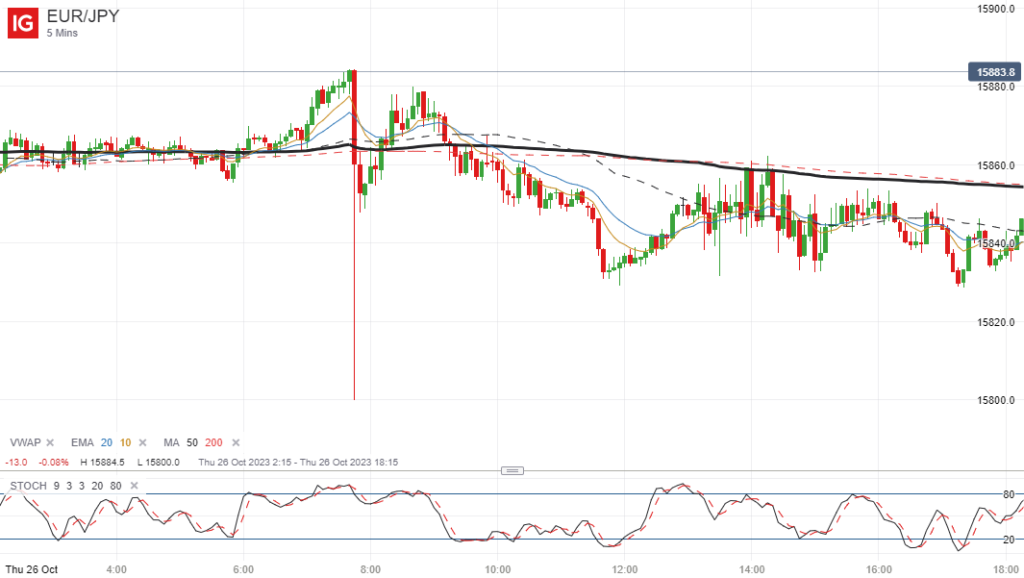
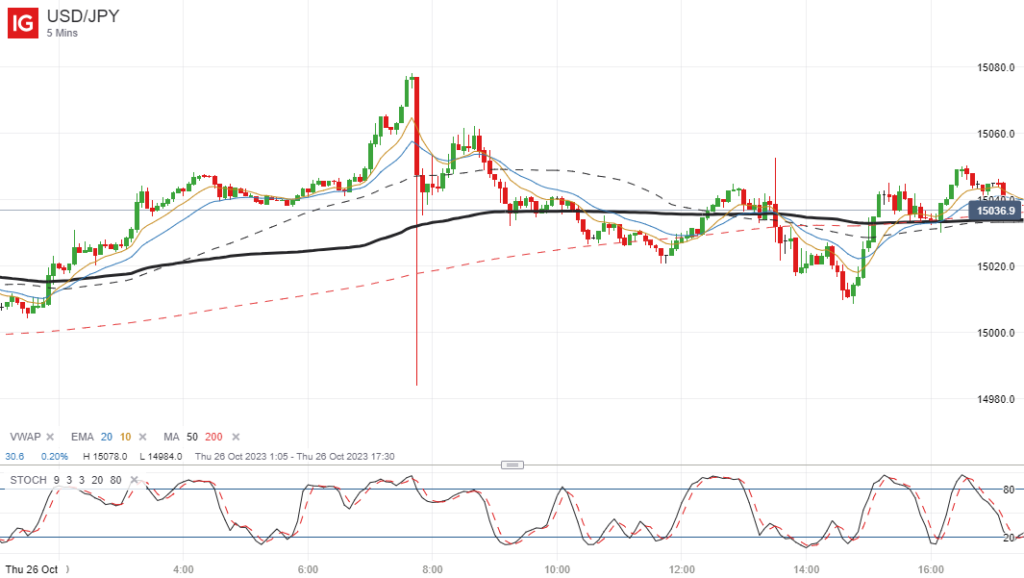
What is Causing These Price Spikes on the Yen?
The most likely explanation is that the Bank of Japan are intervening to try to strengthen the yen, particularly with the USD/JPY continuing to try to push above the key 1.50 level, although nobody knows for sure if this is true or not.
If it is, it doesn’t seem to be working because whenever there is a huge spike down, the price always bounces back straight away.
Why is This A Big Problem for Traders?
These spikes may not necessarily pose a risk for longer term traders who trade the daily, weekly or monthly timeframes, for example, but for those short-term traders who trade the lower timeframes, they can potentially destroy your account.
That’s because even if you use a relatively tight stop loss of 20 points, the price could easily gap down 80-100 points and your stop loss would be executed at this level instead.
Therefore you could incur huge losses on your personal account, and potentially lose a prop firm account if they have a low drawdown limit.
Indeed in recent weeks there have been quite a few traders on X (formerly Twitter) who have said that they lost their prop account because of one of these seemingly random spikes.
What is the Solution to this Problem?
If you want to protect your accounts, I think the most obvious solution is to simply stop trading the yen pairs altogether until the markets settle down and these sharp spikes stop happening.
There are plenty of other pairs that you can trade that don’t seem to have this problem, such as the GBP/USD, EUR/USD, EUR/GBP, AUD/USD, AUD/NZD, USD/CAD, USD/CHF etc.
At the present time, it is simply not worth the risk trading any of the yen pairs. Capital preservation is everything in this profession.
